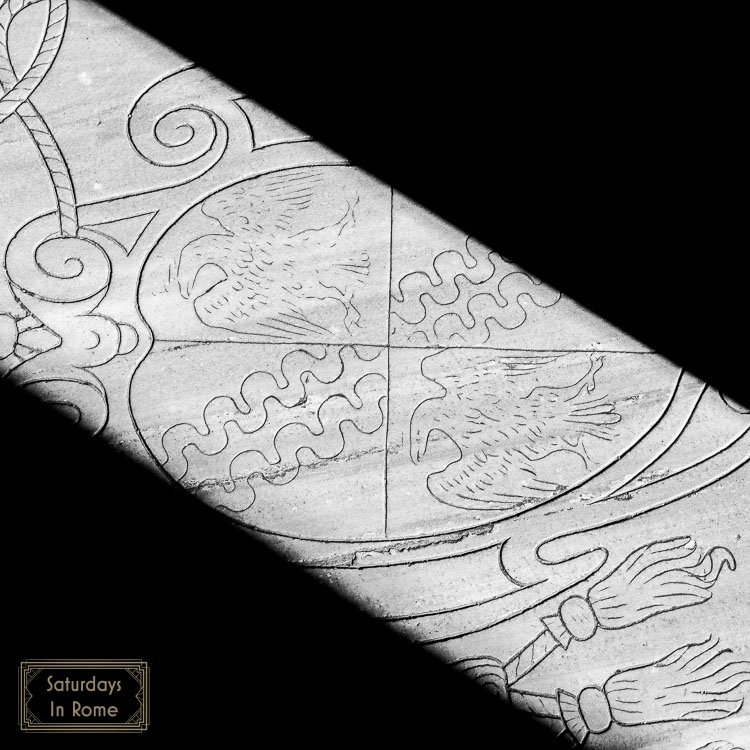How The Government In Italy Supports Tourists
If you are planning a trip to Italy, you might consider getting familiar with how the Italian government and its services support tourists to the country.
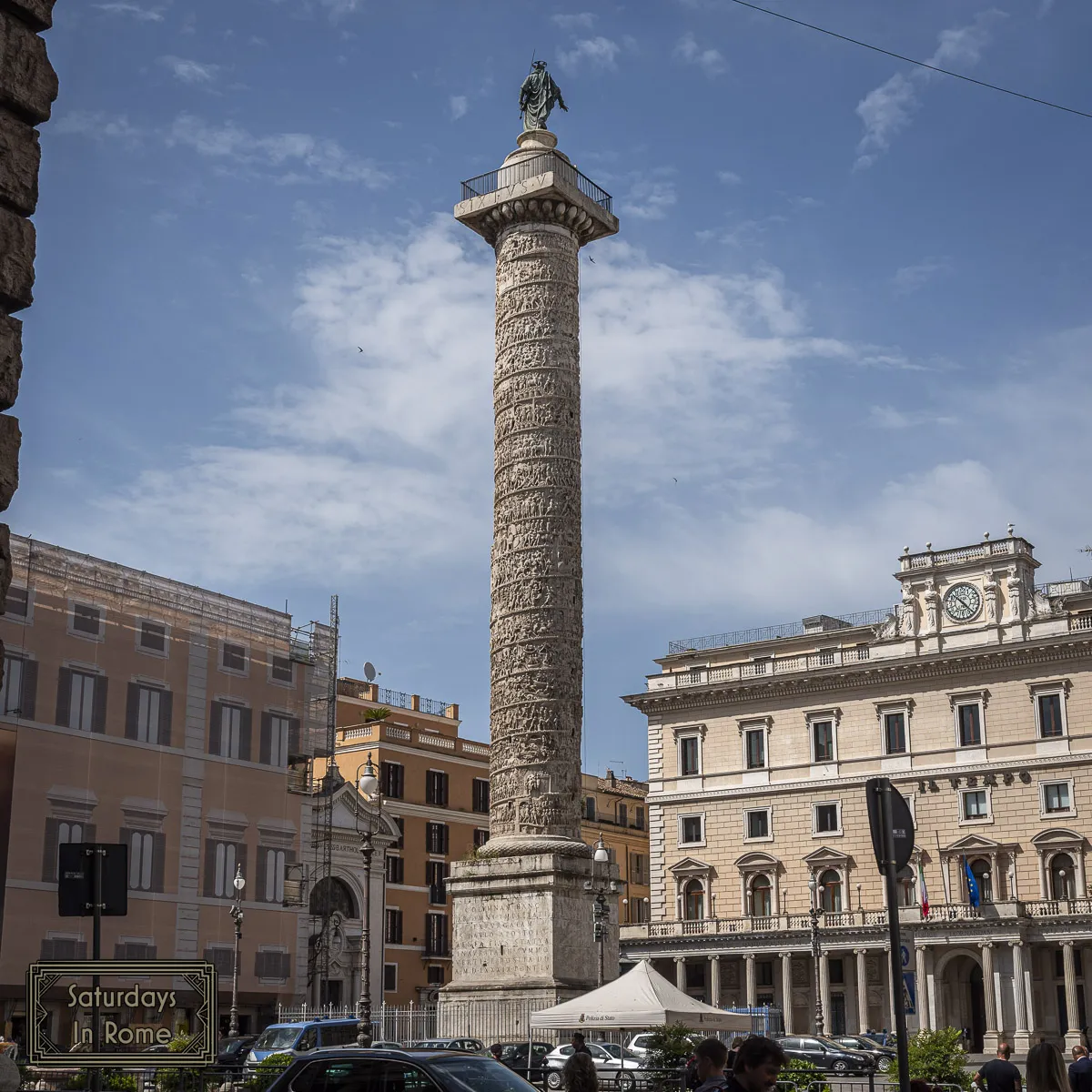
Italy is known for its rich history, stunning architecture and vibrant culture. But behind the beauty and charm lies a complex political system that has evolved over centuries. Understanding how the Italian government supports its citizens and tourists is essential for anyone planning to live, work, or travel in Italy.
Need Help Planning?
- Cheap Flights: Find The Most Affordable Flights.
- Accommodations: From 1 to 5 Stars And More.
- Car Rentals: Affordable Travel Across Italy.
- Sightseeing Tours: Explore Some Amazing Tours.
- Buying An eSIM: Stay Connected In Italy.
This post includes affiliate links.
The Italian government directly impacts everything from elections to citizenship, visas, and daily bureaucracy. Even something as simple as going to the post office is likely quite different than how you experience it in your home country.
In this guide, we’ll explore how the Italian government was created, its electoral system, some important historical events that shaped it and the legal pathways to Italian citizenship. There are also some practical aspects, such as passport requirements, travel authorizations, and how to manage Italy’s bureaucratic processes that we can give you first-hand accounts of managing the overwhelming bureaucracy.
Whether you’re an expat planning on living in Italy, a short-term traveler who wants to make sure they are on the proper side of the laws, or you are simply curious about how a government with such a well deserved reputation of dysfunction, this article, and the supporting ones, will help you navigate Italy’s governmental structure with calmness and confidence.
My Experience Working With The Italian Government
Because we are Italian citizens, our needs and experiences probably vary a bit from your typical tourists coming to Italy for their annual two-week vacation. That said, I was a tourist coming to Italy for about 20 years before we moved here, so I definitely can relate.
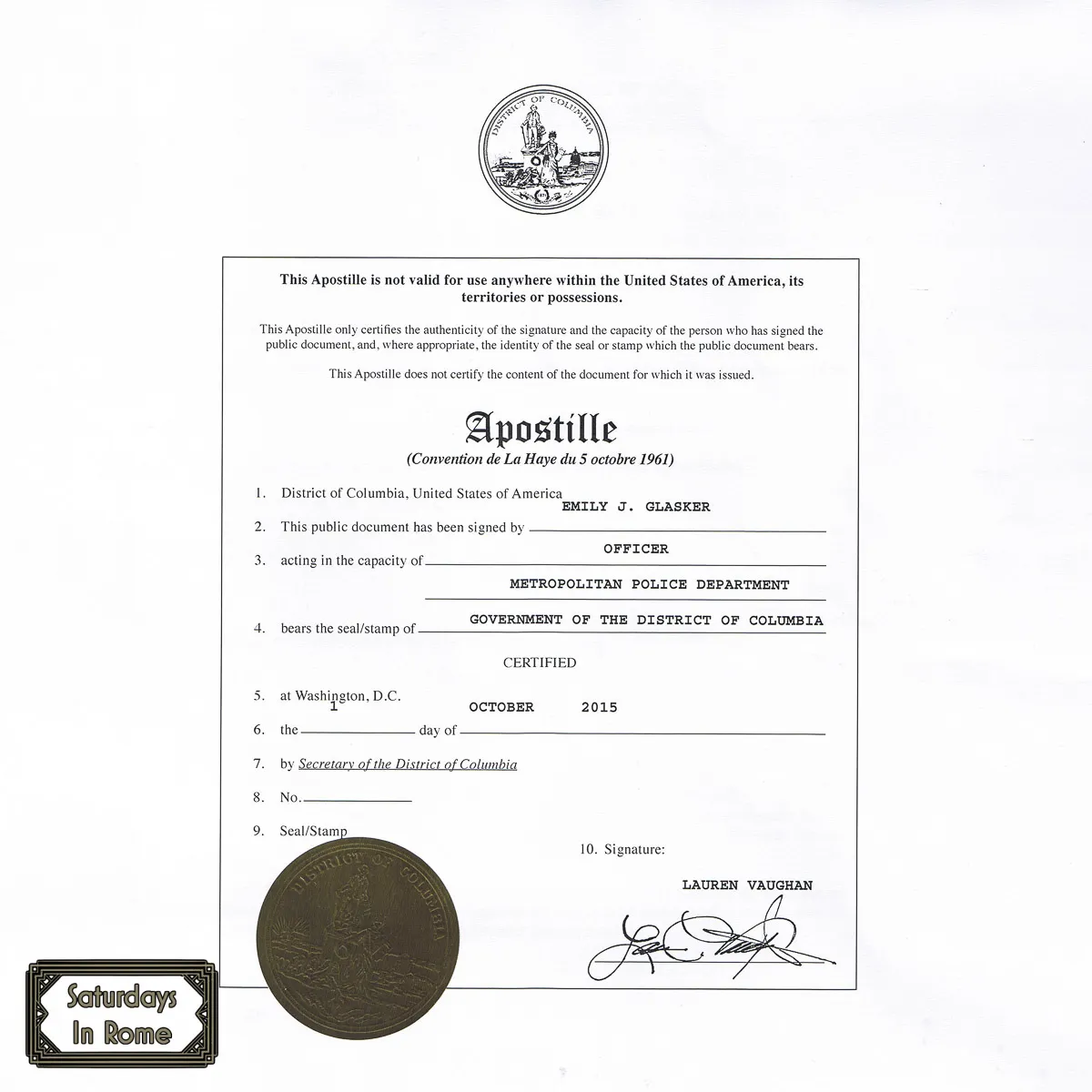
Unfortunately, being a citizen doesn’t provide you that secret door to better customer service or less paperwork. It just means I have more time to resolve my issues and can assume nothing will get resolved on the first attempt.
We have a little game we play when we need to interact with the government, most recently with the Italian equivalent of the Department of Motor Vehicles. Before heading out, we talk about the percentage chance that we will be successful in our endeavors. If you guess more than 50% likelihood, you are feeling optimistic. For context, it took me 3 attempts to resolve my request at the DMV, and that felt like a victory!
The Italian Government: How Does It Work?
Like much of Europe, Italy operates under a Parliamentary Republic system. This means that government power is divided among different branches to ensure balance and accountability.
The key institutions include:
- President of the Republic (a.k.a. The President of Italy) – The head of state with a largely ceremonial role, ensuring that the Constitution is upheld. Currently that position is held by Sergio Mattarella since 2015. He is definitely a calming and reassuring influence in this current government.
- Prime Minister – The elected head of government, responsible for forming coalitions and leading policy decisions. The current Prime Minister in Italy is Georgia Meloni, the leader of the Brothers of Italy party.
- Parliament – Like many of the other governments in Europe, it is composed of two chambers: the Chamber of Deputies and the Senate, both responsible for passing laws.
- Judicial System – Surprisingly independent from the executive and legislative branches to ensure fair application of laws. I say surprisingly because from what I’ve seen they go well beyond just deciding if a law is Constitutional, like in the US. They will decide if a law is fair, even if it goes against the other branches of government.
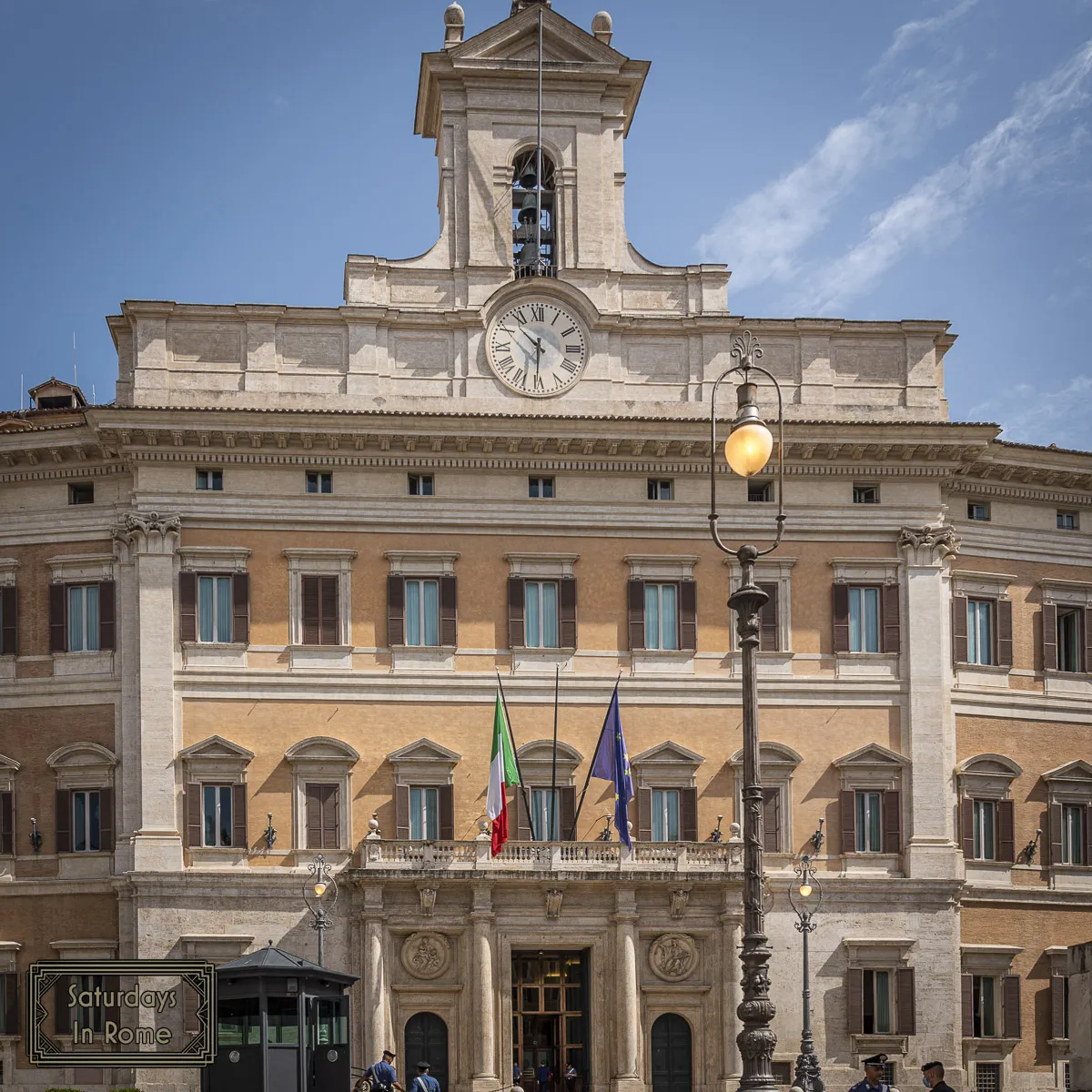
Common with parliamentary governments, Italy often needs to build a coalition government to reach a majority when no single party, by itself, wins a majority. This leads to frequent government reshuffles and political instability.
Once on a trip to Italy we received a panicked email from a family member informing us that the Italian government fell and we should be careful and possibly get in touch with the U.S. Embassy. As we walked around Rome it was strange that there didn’t seem to be any acknowledgement of this, let alone any concern or panic.
We learned later that the sudden change in government is a big deal in the U.S. and other countries, but here in Italy it is no big deal. To put it in perspective, Italy has had more than 65 governments in the last 70-odd years and Italy will have its 69th government since the end of the second world war, on average, one every 13 months.
To understand this system in more detail, check out this supporting article: “How Does The Italian Government Work? It’s Not A Mystery.”

Elections In Italy: How Government Leaders Are Chosen
Italian citizens can vote in national elections to elect members of Parliament, regional elections for local government and European elections for members of the EU Parliament. Elections follow a mix of proportional representation and majority systems, ensuring representation for smaller parties.
The Italian and EU Parliamentary Elections are the most important responsibilities of the citizens because they elect members of both houses. This differs from the Presidential Election in that the President is elected by Parliament and regional representatives. The citizens don’t get a direct voice.
Citizens can also vote on Referendums. These are votes directly on specific laws or constitutional amendments. There is an attempt by pro-migrant groups to gather enough signatures to trigger a referendum to ease the citizenship laws for foreigners.
For a detailed look at how elections function, this article will provide some insight into the process and our experience voting in Italy for the first time: “How Is The Italian Government Elected By Its Citizens?”
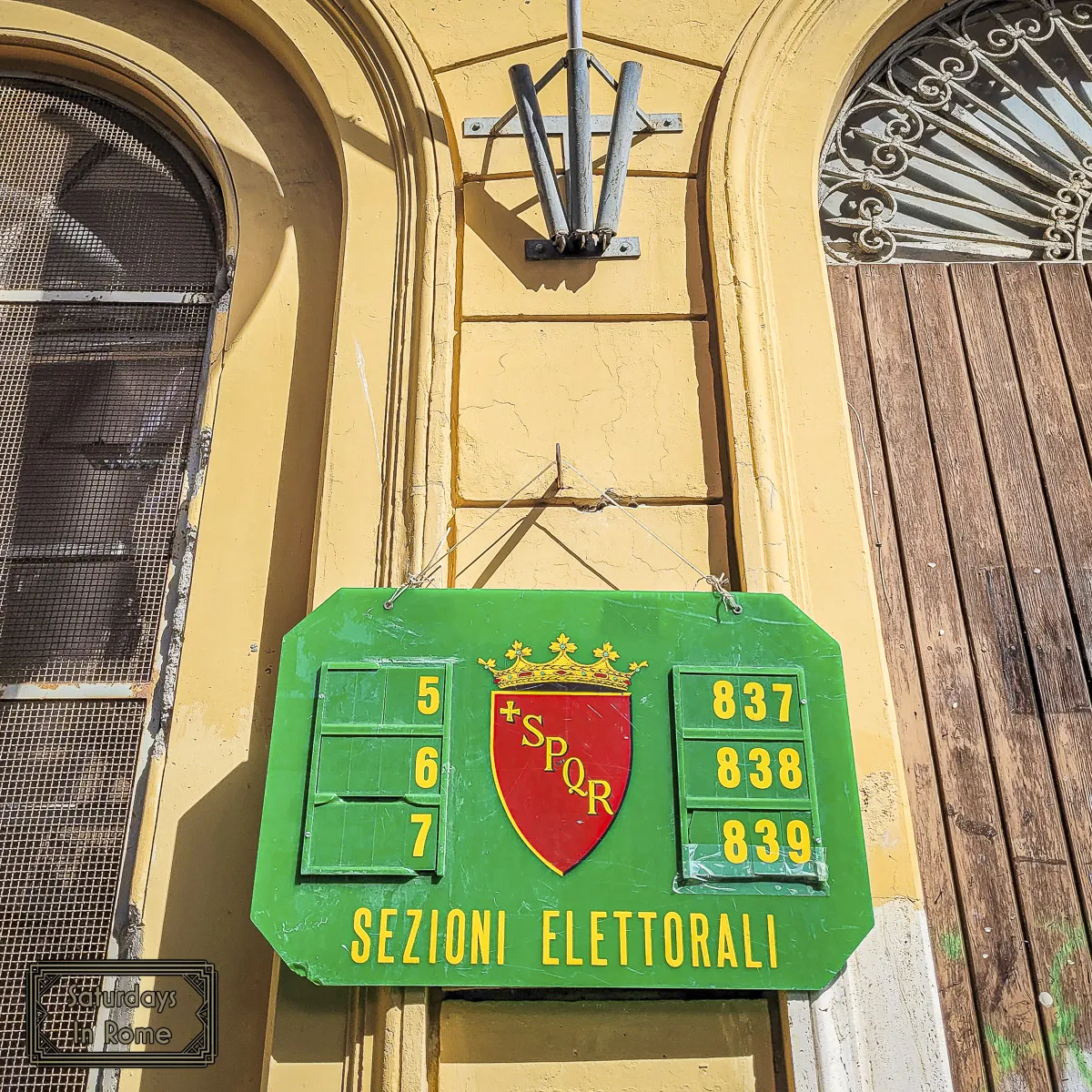
Does Italy Have A King?
Currently, Italy is a Republic and not a Monarchy, so it does not have a King or any other type of Italian Royal Family to be concerned with. The Italian Monarchy does have a long history, not as a single country, but as a collection of city-states which included members of the Houses of Bonaparte, Hapsburg, Luxembourg and ultimately Savoy. There were also Crowned Republics in Venice and Genoa where a Doge was elected as the head of state.
The country became a republic in 1946 after a historic referendum where Italians voted to abolish the monarchy. However, remnants of royal influence remain, with descendants of the former royal family still trying to influence events in Italy, but only from outside the country..
Some key Italian monarchy facts:
- The last king, Umberto II, was exiled after the monarchy was abolished.
- Italy had kings from its unification in 1861 until 1946.
- Today, Italy is a Parliamentary Republic with no ruling monarch.
Interested in learning more about Italy’s royal past? Curious if any of this disposed Royal family have decided to become influencers? Read more at: “Does Italy Have A King Today Or Did It Ever Have One?”
The Kidnapping Of Aldo Moro: Government Under Siege
It was important to me to be able to include some Italian figures that fought against, or were victims of, terrorism in ways that aren’t well known outside of Italy.
One of the most dramatic and violent moments in modern Italian political history was the kidnapping and murder of Aldo Moro, a former Prime Minister. Moro was abducted in 1978 by the far-left terrorist group, the Red Brigades, and later assassinated in Rome.
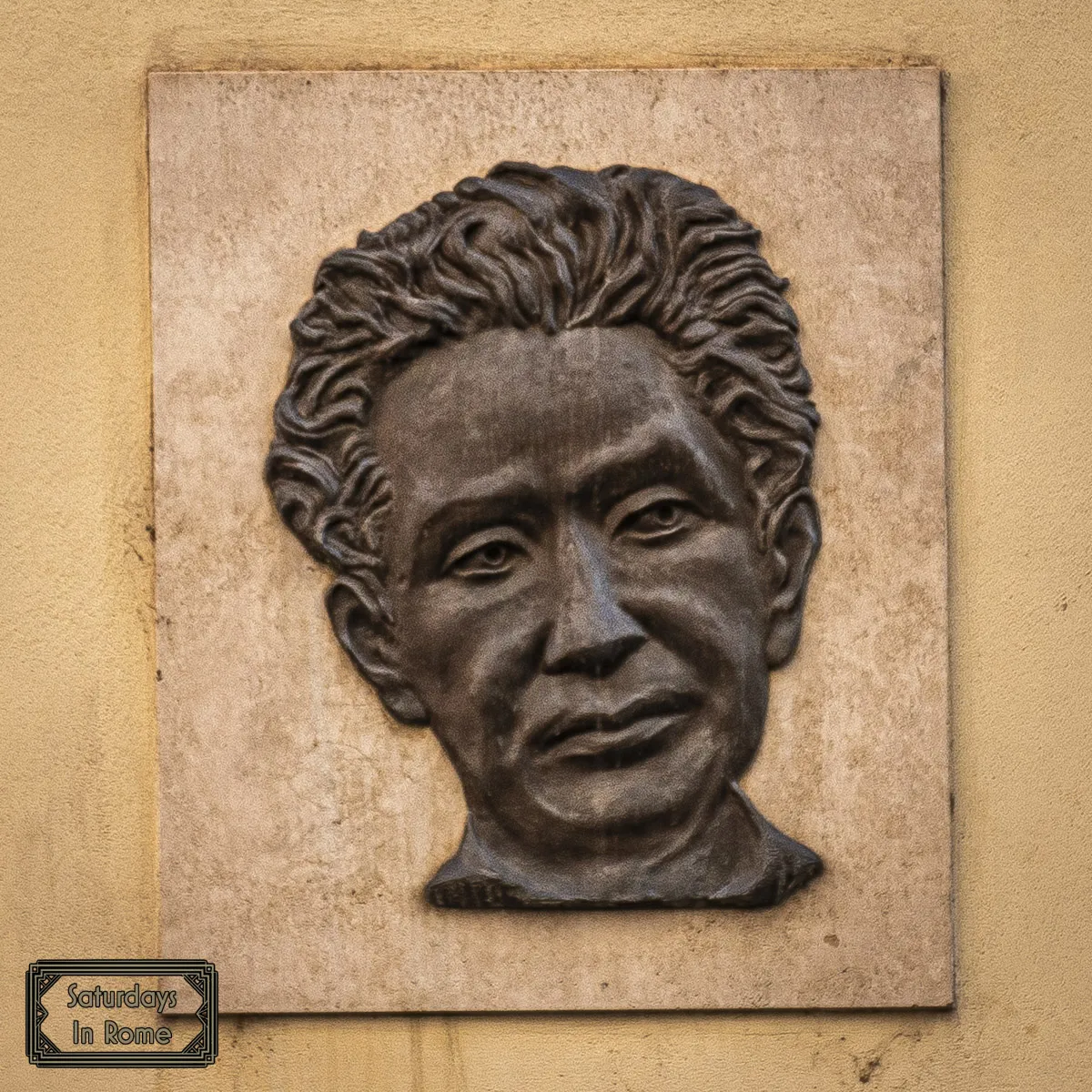
Moro was a target of this left-wing terrorist group because he wanted to bring the Communist Party into government, a move opposed by extremist groups. With wounds and divisions still fresh from WWII, his abduction exposed deep political divisions in Italy.
Like most shocking events like this, conspiracy theories suggest involvement from intelligence agencies and the Mafia. There is no credible evidence to support these theories, but they exist, nonetheless.
Aldo Moro was an important and tragic figure in modern Italian history. To learn more, check out: “Who Killed Aldo Moro? His Kidnapping And Murder Is Explained.”
Italy has a long history of battling terrorism and organized crime. Brave individuals like Giovanni Falcone and Paolo Borsellino led anti-Mafia efforts in Sicily, ultimately sacrificing their lives. To read about these Italian heroes, take a look at: “Heroes Of Sicily And The Mafia Villains They Fought”.
Italian Citizenship: Different Legal Paths to Becoming An Italian
This topic does exceed the needs of a typical tourist to Italy. However, if you are like us and were so captured by the beauty and culture of Italy, you might think citizenship is the right next step. It doesn’t mean you have to move to Italy, but at least you have that option.
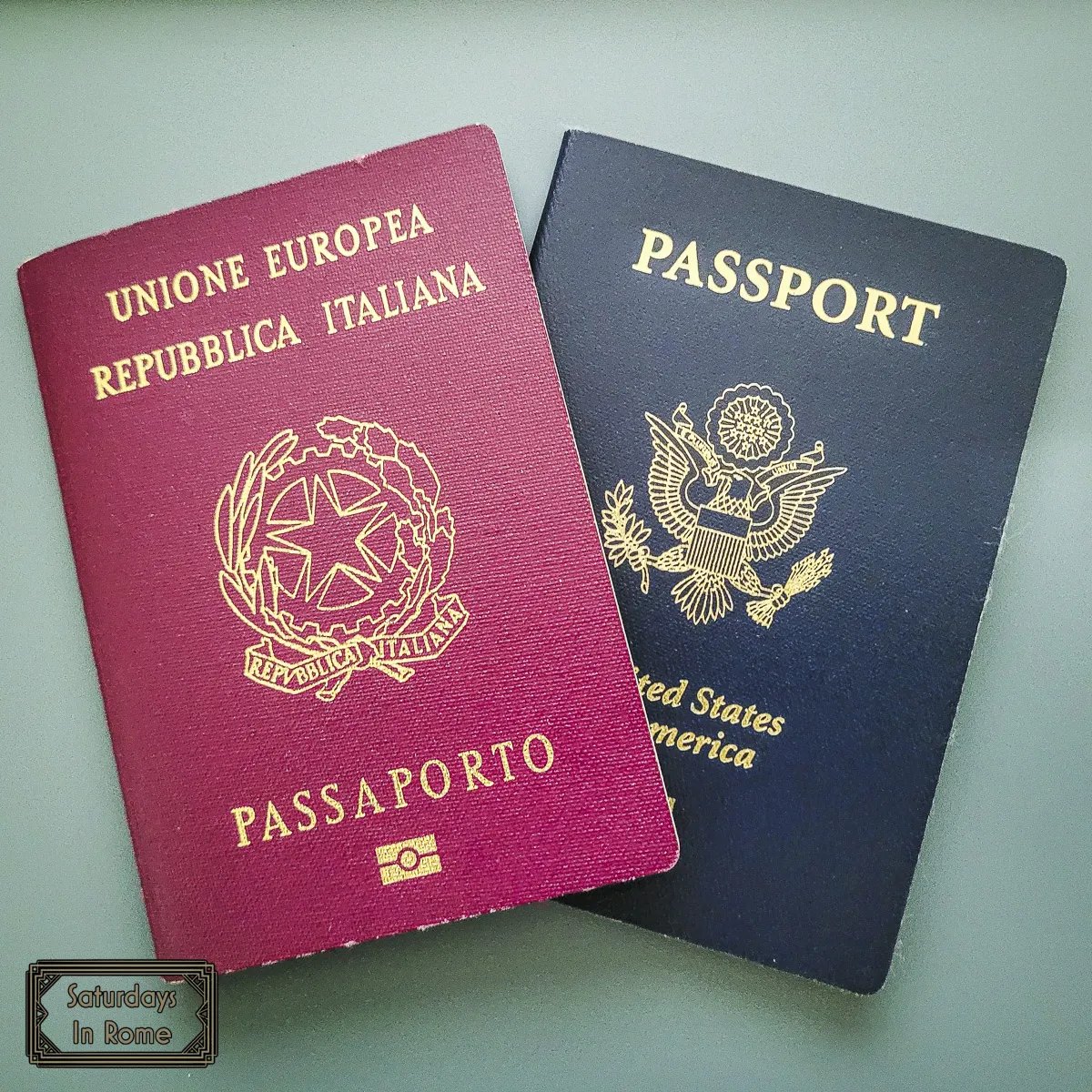
Here are three ways that you might be able to obtain citizenship in Italy. But first, you will want to understand the documentation requirements because a bureaucracy with a well deserved reputation like Italy has requirements on top of requirements, just to get the process moving. For more information on the requirements, check out: “Italian Passport Requirements Are Simple With This Guide”
Citizenship Through Birth (Jure Sanguinis)
Italy follows the process known as jure sanguinis (right of blood), meaning citizenship is passed through Italian ancestry rather than birthplace. This process can be complicated and there are situations that prevent the inheritance, even with Italian descent. This was the process I followed, and for details on eligibility and the application process, visit: “Italian Citizenship Through Grandparents – Jure Sanguinis”.
Citizenship Through Marriage (Jure Matrimonii)
Another common way to gain Italian citizenship is for foreigners married to Italian citizens. They can apply for citizenship under certain conditions. For example, they obviously need to be, and continue to be, married to an Italian citizen. The time needed to stay married depends on if you live in Italy or abroad and if you have children.
Among the recent additions to the requirements is having a certified B1-level Italian language competency. This almost affected us, but luckily my wife started the process before this was a requirement and we were “grandfathered” in with the old requirements.
Learn more at: “Italian Citizenship Through Marriage – Jure Matrimonii”.
Citizenship By Birth In Italy
Jus Soli translates from Latin into the “right of soil”. Generally, under this nationality law, the right to citizenship is acquired by being born in a country, regardless of the nationality of the child’s parents. There are more than 30 countries that recognize birthright citizenship, including the US (for now).
Unlike many countries, simply being born in Italy does not guarantee automatic citizenship. Some exceptions exist for children of stateless or unknown parents.
For more information, read: “Italian Citizenship By Birth Can Be A Complicated Process”.
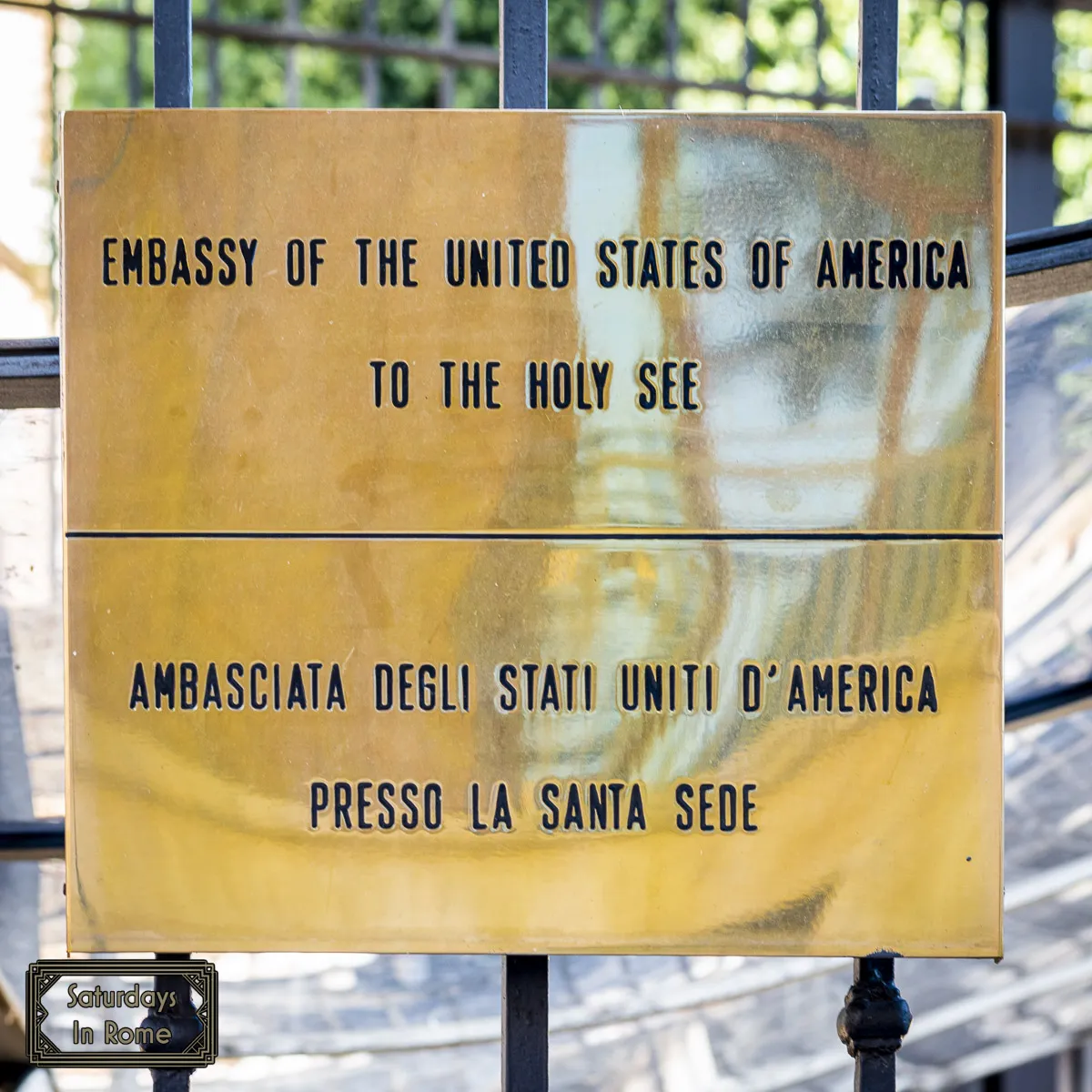
Traveling To And Working In Italy: What You Need To Know
For those of us acquiring Italian citizenship, obtaining a passport is a straightforward process involving proof of identity and legal residency. There are no restrictions on travel or working in Italy with a passport, but there are other options.
The visa process is complex, and I would recommend getting a lawyer to help smooth the path ahead. Here are some visa options that may or may not work for you:
- Tourism/Airport Transit
- Business
- Study
- Subordinate work
- Independent work
- Elective Residency
- Religious activity
- Family reasons
- Family of US military personnel

The Italian Digital Nomad Visa
Italy recently introduced a Digital Nomad Visa, allowing remote workers to live in Italy legally. To qualify, applicants must demonstrate a stable income and a remote work contract. Check out: “The Italian Digital Nomad Visa Is Finally Available!” for application details.
The ETIAS Travel Authorization
This is not a visa, but often confused with one. Starting soon, travelers from visa-exempt countries (like the US) will need an ETIAS (European Travel Information and Authorization System) permit to enter Italy. While it is not a visa, it serves as a pre-screening measure for security purposes. Find out more at: “An ETIAS For Italy Will Be A Requirement, But Not A Visa”.
Everyday Life And Government Services In Italy
Managing Bureaucracy: The Italian Post Office
Dealing with the Italian bureaucracy can be overwhelming at times. This can be made even worse if you have not yet become fluent in Italy. However, the Post Office (Poste Italiane) simplifies many official processes, from paying bills to obtaining government documents, in ways that are unthinkable to someone from the US.
To learn more about the services available to citizens and tourists, and for tips on navigating the system, visit: “The Post Office In Italy Is Easy To Manage With This Guide”.
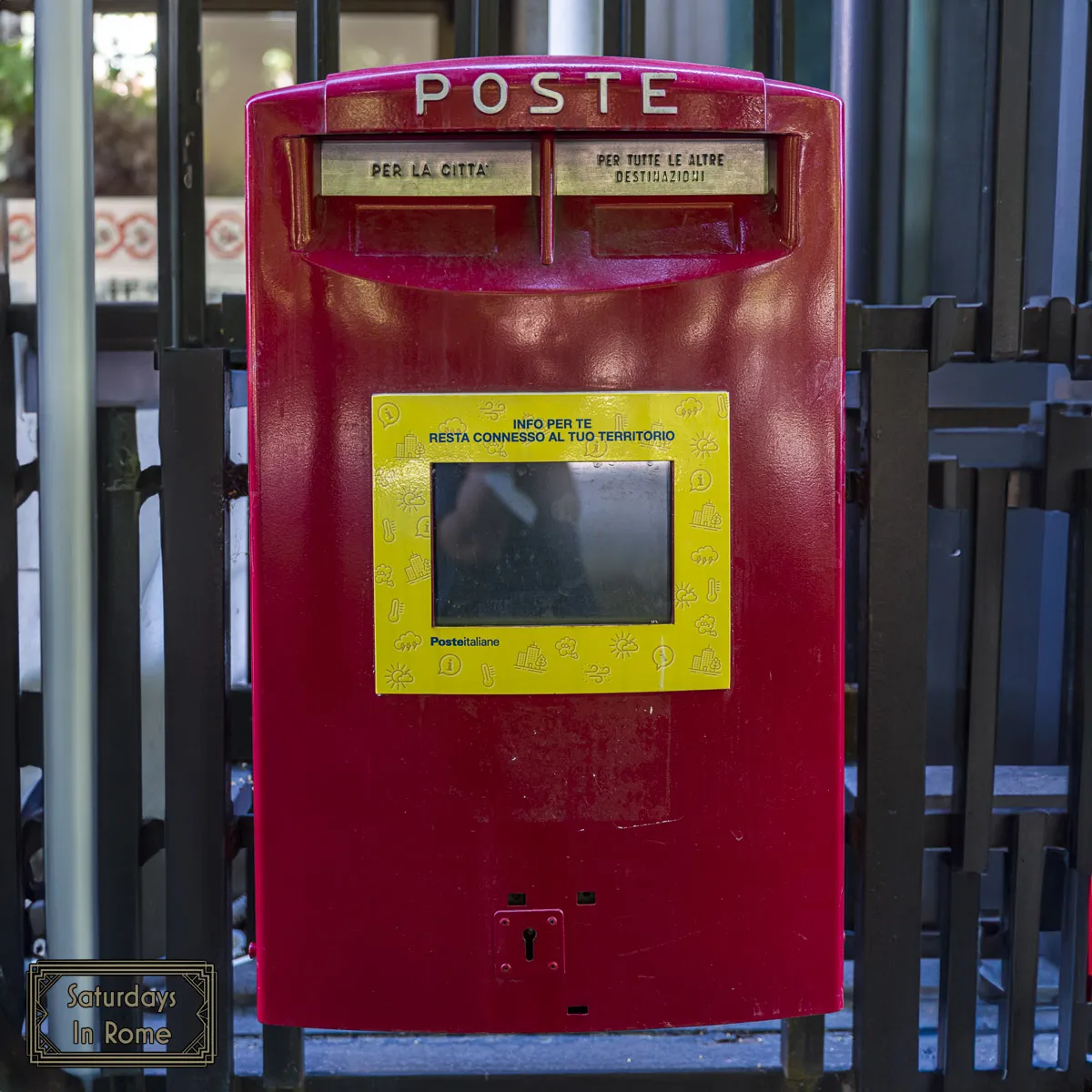
More About The Italian Government
Whether you’re planning to visit Italy, a move to Italy or just expanding your knowledge, understanding Italy’s governance is the key to navigating the country with confidence. For further insights, explore the linked articles below (or above):
- Does Italy Have A King Today Or Did It Ever Have One?
- How Does The Italian Government Work? It’s Not A Mystery.
- How Is The Italian Government Elected By Its Citizens?
- The Post Office In Italy Is Easy To Manage With This Guide.
- Heroes Of Sicily And The Mafia Villains They Fought.
- Your Guide To Italian Citizenship Through Marriage.
- Our Experience With Getting Italian Citizenship By Descent.
- Helping Understand Applying For Italian Citizenship By Birth.
- Italian Citizenship Requirements Include These Documents.
- The Italian Digital Nomad Visa Is Finally Available!
- An ETIAS For Italy Will Be A Requirement, But Not A Visa.
- Who Killed Aldo Moro? His Kidnapping And Murder Is Explained.


